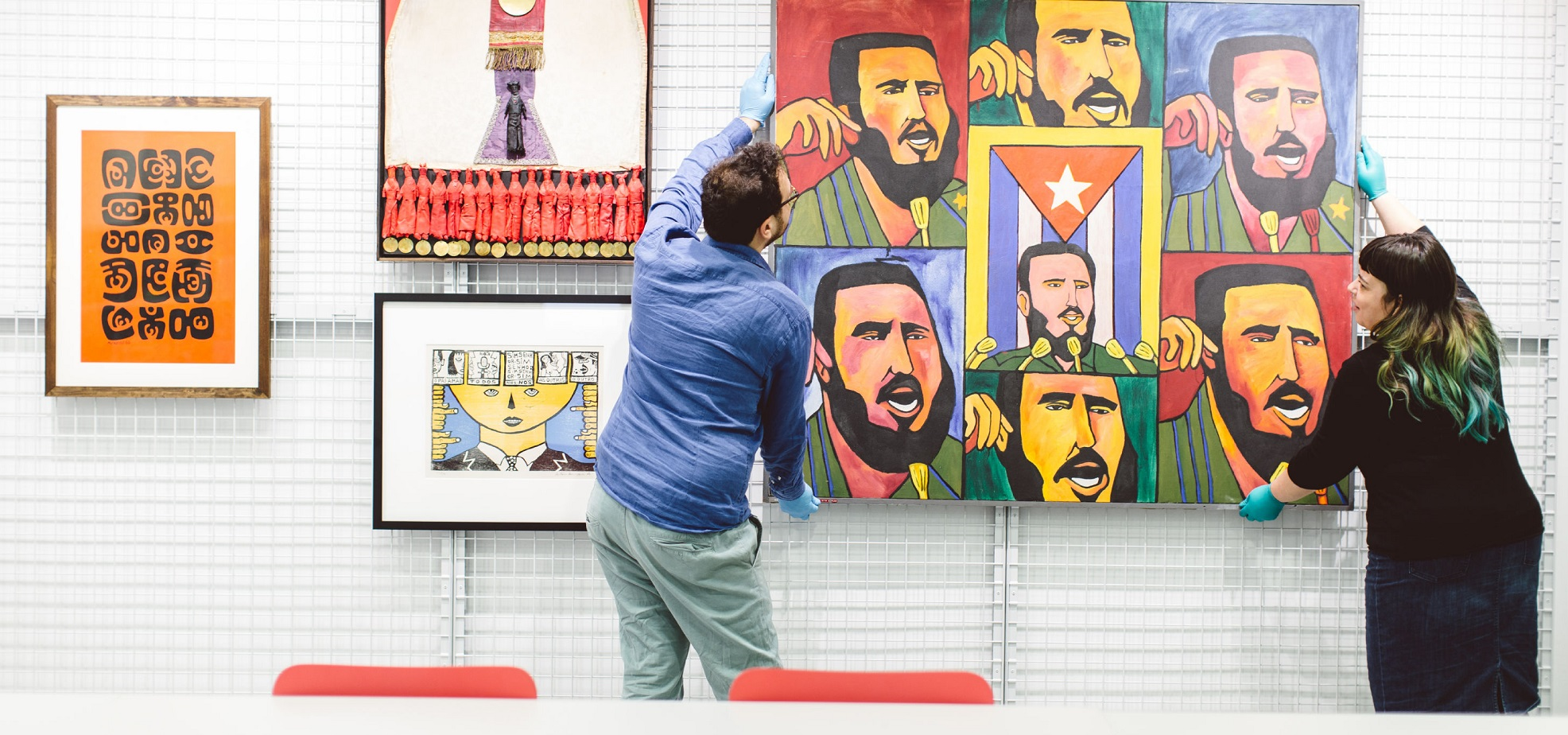
Module Description (updated 20 July 2018)
This module investigates the interrelationship between critique and curating from the 1920s to the present. To this end, we will focus on the concept of 'critical curating', which broadly refers to the ways in which curatorial activities assume, or have the capacity to assume, a critical function: for example, by offering experiences to a spectator that heighten his or her capacity for critical thought, or by turning an exhibition into a form of social or political critique.
Organized roughly chronology, the module is divided into three parts. The first part explores the foundation for critical curating set by the historical avant-garde during the interwar period, including some ways in which avant-garde display practices got used as forms of political propaganda. Our discussion then shifts to a series of developments that expanded and changed the field of critical curating from the 1960s through the 1980s, including the rise of the curator as 'author'; the role of curation in alternative art spaces; and the emergence of 'institutional critique'. In the final part of this module, we focus on key developments in critical curating over roughly the last two decades, which we consider in relation to the concepts of relational aesthetics, postcolonialism and paracurating.
Aims:
The aims of this module are:
* to investigate the interrelationship between critique and curating;
* to hone students' ability to analyze and conceptualize diverse curatorial practices for their critical potential;
* to expose students to a range of approaches used in secondary scholarship about curatorial practice and critical theory;
* to help students develop skills in written communication through an essay, oral communication and debate in seminars.
Learning Outcomes:
By the end of this seminar, students are expected to be able to:
1. to acquire an in-depth knowledge of the curatorial practices and critical theories addressed in this module;
2. to understand the historical and conceptual relationship between critique and curating;
3. to think 'laterally' and creatively in order to discern connections and possibilities between curatorial practice and critique;
4. to demonstrate these competences in a well-researched essay.
- Module Supervisor: Michael Tymkiw